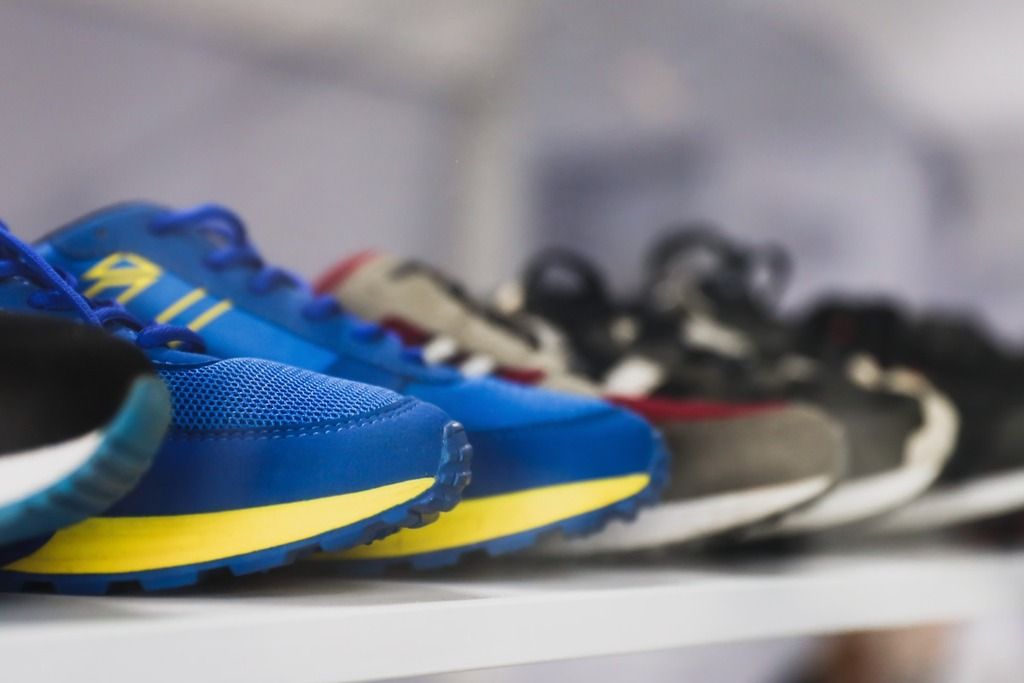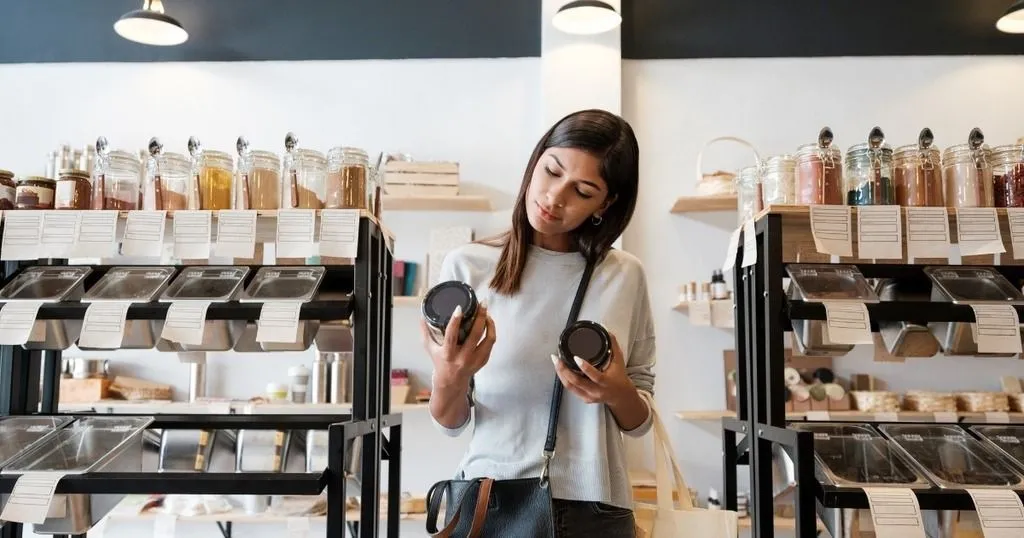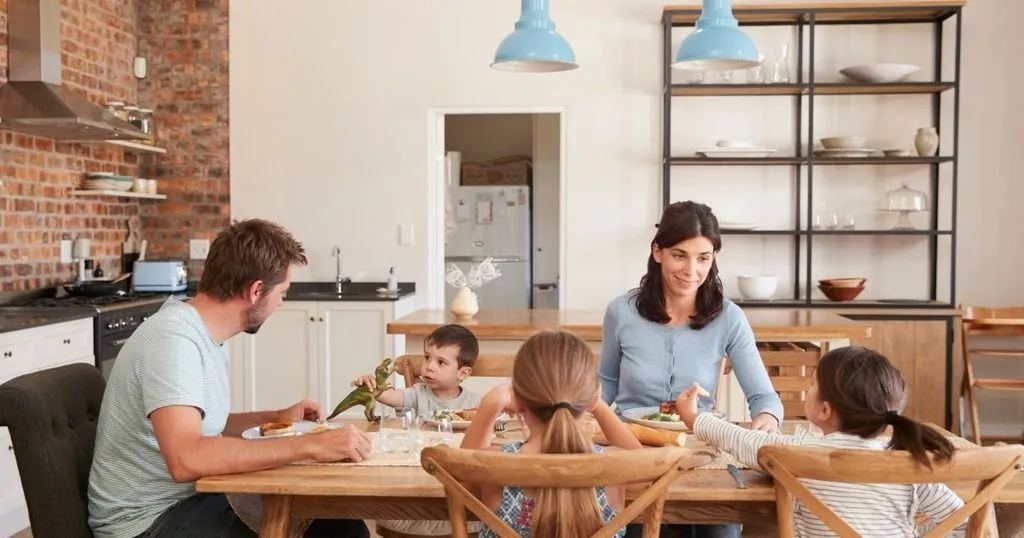Just the way I want it: a study on consumer experience in self-designing
Consumer research suggests that you value a product more when you design it yourself - like sneakers or a gift. So, why do we abandon the self-design process so often? Find out in this blog post!
Posted by
Published on
Tue 22 Aug. 2023
Topics
| Consumer Behavior | FaceReader | Facial Expression Analysis | Observational Research |

Consumer research suggests that you value a product more when you design it yourself. For example, companies offer the option to customize jewelry, clothing, beverages, or gifts. It's easy to see why this creates high value, as you can choose exactly what you want1 and may even experience a sense of pride2 in creating your own product. So, why do we abandon the self-design process so often?3
In this blog series, we'll explore six studies by researchers Krause and Franke4. They studied how people's experiences change while self-designing a pair of sneakers (blog post 1) and examined how these experiences influence abandonment behavior (blog post 2). Finally, they tested whether different types of feedback would help consumers to finish their products (blog post 3).
In this first blog post of the series, we'll dive a bit deeper in consumer experience during the self-designing process.

Self-design: high value, low completion
Many major companies are introducing customization applications5. In other words, they're providing their customers with the tools to design their own versions of a product. This may be a can of soda or bottle of wine, a T shirt or pair of shoes, or something more expensive like jewelry and watches. This trend is fueled by evidence from empirical studies, showing that self-designing a product results in high value for consumers.
However, consumer research also shows that abandonment rates are extremely high. People start the process of designing their own product, but many of them don't finish what they started. Which means that, in some cases, companies are missing out on sales.
You may also like this blog post about influencer marketing for young adults: Disclosure Dilemma
What happens to buying intentions?
Krause and Franke point out that not every abandonment of a self-design process indicates a lost sale. People may simply be curious or enjoy trying out different customizations, without an intention to buy the product.
However, results from their own survey suggests that the majority of consumers at least considers buying the product when starting out with their designs4. That means that, somewhere along the line, these people lose their buying intention. What's happening here?
Examining mental processes
To find out, Krause and Franke conducted two studies on consumer experience during a self-design process. In the first study, they asked 65 students to design their own sneakers, using a real customization tool.
With the help of think-aloud protocols and sentiment analyses, they aimed to uncover what participants were thinking at each moment. They examined three types of valence: what people thought of their design solutions, whether they enjoyed the process, and how they experienced the time and mental energy they invested in designing.
FaceReader: unobtrusive observations
In the second study, they used FaceReader to examine participants’ general valence. Where think-aloud procedures may influence how participants react, FaceReader provides more unobtrusive observations, helping to minimize these effects. They recorded a group of 62 participants during the same sneaker self-designing process and used FaceReader's composite measure of valence in their analyses.
Valence follows a U shape
In all types of valence, they found that their participants' experiences followed a U shape. Consumer experience started out positive, followed by disappointment as their experiences didn't meet their expectations, and ending with satisfaction after persevering with the process. This U-shaped model remained significant even after controlling for age, gender, brand attitude, and personal involvement.
How can we understand abandonment?
The results from these first two studies show that valence plays a critical role in whether or not people complete their own design of a product. It seems that people are disappointed in their expectations after an initial phase of motivation, which may explain why abandonment rates are so high in customization processes.
To examine the relationship between valence and abandonment in more detail, Krause and Franke continued their consumer research on product customization. Stay tuned for the next blog post in this series!
Read these 5 tips on how to get the most out of your facial expression analysis
References
1. Franke, N.; Keinz, P.; Steger, C. (2009). Testing the Value of Customization: When Do Customers Really Prefer Products Tailored to Their Preferences? Journal of Marketing, 73(5), 103-121.
2. Franke, N.; Schreier, M.; Kaiser, U. (2010). The "I Designed It Myself" Effect in Mass Customization. Management Science, 56(1), 125-140.
3. Kalantari, H.; Johnson, L. (2019). Willingness to Pay and Wait for Mass Customised Products. International Journal of Mass Customisation, 5(2), 111-129.
4. Krause, F.; Franke, N. (2023). Understanding Consumer Self-Design Abandonment: A Dynamic Perspective. Journal of Marketing, https://doi.org/10.1177/00222429231183977.
5. Klesse, A.; Cornil, Y.; Dahl, D.; Gros, N. (2019). The Secret Ingredient is Me: Customization Prompts Self-Image-Consistent Product Perceptions, Journal of Marketing Research, 56(5), 879–93.
Related Posts

Consumer behavior research in the spotlight: consumption behavior

How to measure consumer behavior

